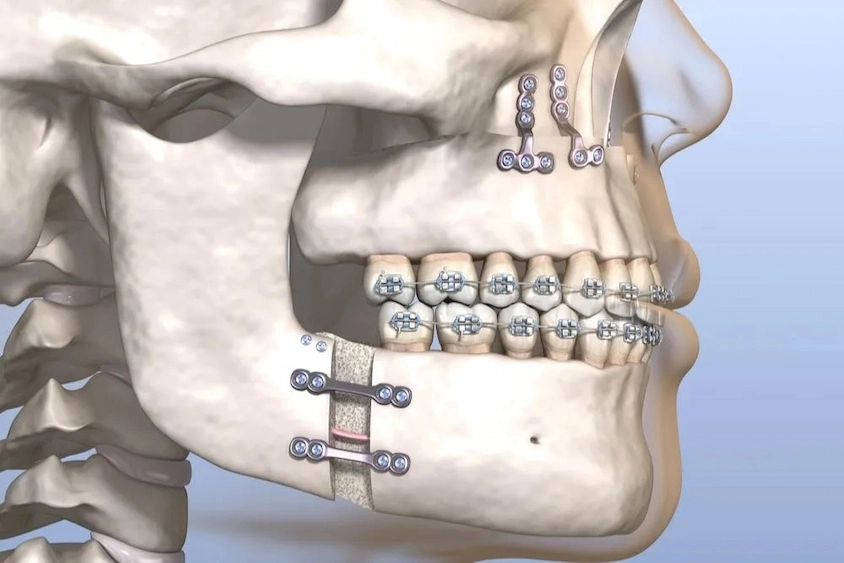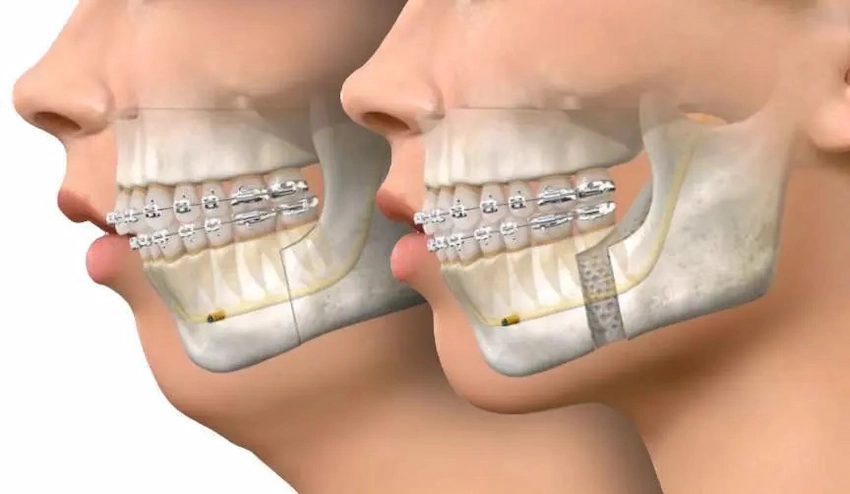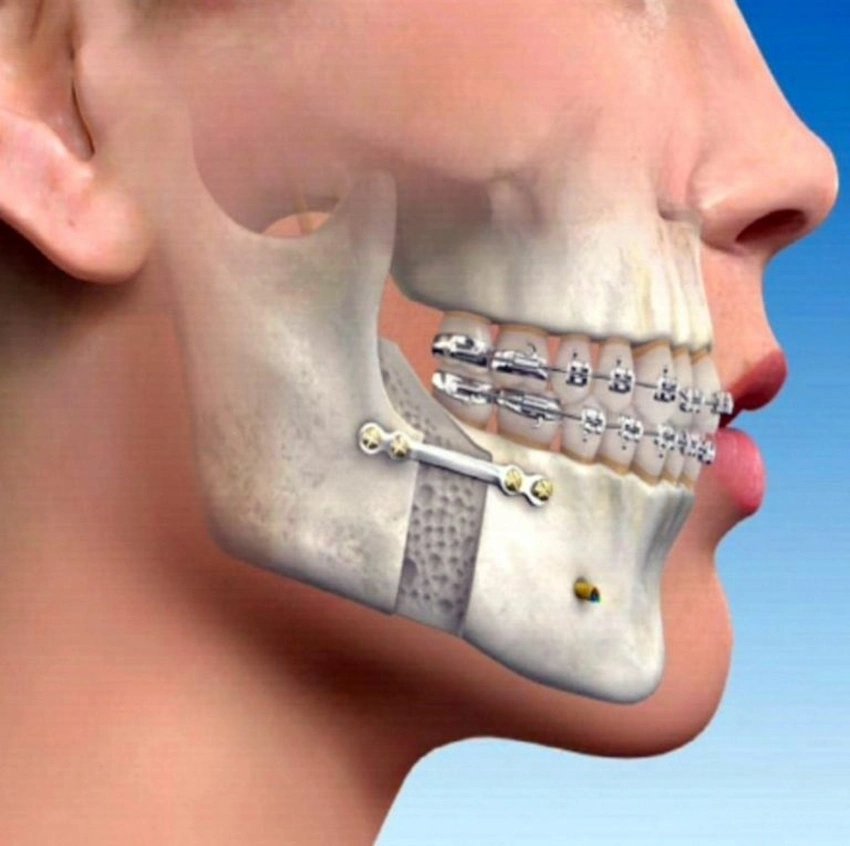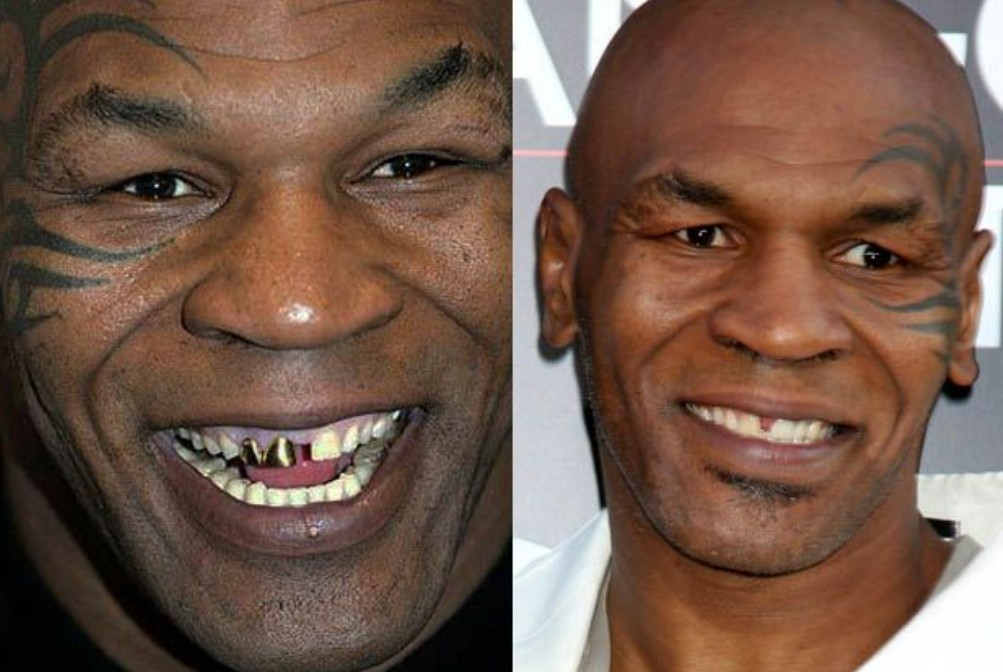What Is Osteotomy for Teeth?

Osteotomy for teeth is a medical term that describes the surgical procedure of cutting and reshaping bones. The use of osteotomy in dental care in most cases refers to the jawbone surgery, as to teeth, which is usually performed to rectify jawbone problems that have a knock-on effect on the teeth alignment, bite, and also the overall dental health.
Osteotomy, while scary-sounding, is a decidedly effective way of treating some dental issues that orthodontics or just fixing through restorative procedures cannot solve. This article covers osteotomy for teeth, its meaning, causes of its implementation, and the benefits that it can provide to people with certain dental ailments (such as jawbone misalignment, and the deviated position of teeth).
Understanding Osteotomy for Teeth

Osteotomy for teeth is a surgical procedure where the jaw is cut and/or moved to the correct position to correct teeth and the bite alignment. This type of surgery typically implies the use of major force to perform bone cutting and bone moving to rectify defects that are beyond the capabilities of dental braces, or other non-surgical means of correction.
The occurrence of jawbone problems, as a major cause of the teeth not fitting together and bone loss experience following osteoporosis and such diseases, is the most probable situation for this operation. Osteotomy can also be performed alongside orthognathic surgery (corrective jaw surgery) to rectify severe bite problems and jaw misalignment.
Why Is Osteotomy for Teeth Done?
In the situation where traditional treatments such as orthodontic treatment or dental appliances are not successful, there is the possibility of looking into osteotomy which is carried out for the necessary correction of the jaw bones. There are various factors that drive the need for osteotomy for teeth such as:
Fixing Bite and Jaw Misalignment Through Surgery
When the lower and upper jaw do not align, a procedure called osteotomy may be carried out to move the jaw to a more functional and a better-looking position. It is also possible that after the bite correction, the patient may be free from discomfort and that the functionality of the bite may also have improved to some extent. A sample case illustrating the versatility of jaw surgery is the ability it gives the dentist to treat overbite, underbite, or crossbite patients and align the teeth accordingly.
Rearranging the Jaw Due to Bone Loss
For this purpose, the surgeon cuts and grafts the jawbone onto another part of the skull. This may be necessary in case not enough jawbone is available for the implants. This repositioning is to give an aspect of beauty associated with a smile. The patient will have a resected jaw bone repositioned in the existing bone to enhance functionality as well as appearance. A good example of the need for osteotomy for teeth is the replacement of the facial bones with more compatible structures where the edentulous jawbone was before the else damage was caused.
Lower Jaw Surgery for Best Appeal
Why have troubles with jaws that do not meet correctly when the same ailment is excisable at the convenient use of dental technology? The dental professional can perform resecting and repositioning of the jaw to correct the bite and other function issues to also meet both aesthetic issues indeed.
Improving Facial Aesthetics
In cases where the usage of osteotomy for teeth is not dictated by genuine medical necessities but is instead motivated solely by the desire to achieve an aesthetically pleasing appearance, the procedure of reshaping or altering the natural contours of the skeletal system may not be attempted until such time when some preliminary steps will have been taken to ensure that no undue pressure would be put on the jaws or any other parts of the oral cavity and therefore no threat posed to patients’ overall dental well-being and health.
The Osteotomy Procedure for Teeth

The osteotomy procedure for teeth is usually performed in the surgery room where the patient is given general anesthesia and a professional oral surgeon is present. The entire process of the procedure involves the steps below:
- Incision: The surgeon uses a scalpel to make an incision from the inside of the mouth to the jawbone. This ensures that no scars on the face will be visible in the future.
- Bone Reshaping: The surgeon has to cut and then move the jawbone to the right location. If the bone lacks, the grafting procedure will make the bone strong again to hold the new position.
- Fixation: Once the bone is placed correctly, the surgeon may use small plates, screws, or other fixation devices for binding the bone together throughout the time of bone healing.
- Recovery: The healing period for such kind of surgery can range from several weeks to several months, depending on the surgery’s severity.
During that time, the patient may have to take their meals as liquid and should not do any vigorous activities. On regular visits to monitor the recovery process and check the position of the jaw, the patient will need to show up for follow-up appointments.
FAQs About Osteotomy for Teeth
Just as with all surgeries, there is no shortage of discomfort and sudden inflammation which definitely will be present during the recovery days afterwards for osteotomy.
Recovery from osteotomy surgery can take several weeks to a few months, depending on the complexity of the procedure and individual healing. Your oral surgeon will guide you through the recovery process and schedule follow-up appointments to monitor progress.
Osteotomy is a popular technique for correcting bite problems like overbites, underbites, or crossbites in people by moving the jaw bones. The importance of this process in the functions and outward appearance is high.
In many cases, patients will need to wear braces or other orthodontic devices after osteotomy surgery to fine-tune the alignment of the teeth. Your dentist or orthodontist will provide a plan for post-surgical orthodontic treatment, if necessary.
As with any surgical procedure, there are risks involved, including infection, nerve damage, and complications related to anesthesia. However, osteotomy is generally safe when performed by an experienced oral surgeon, and the risks are minimized with proper care and follow-up




